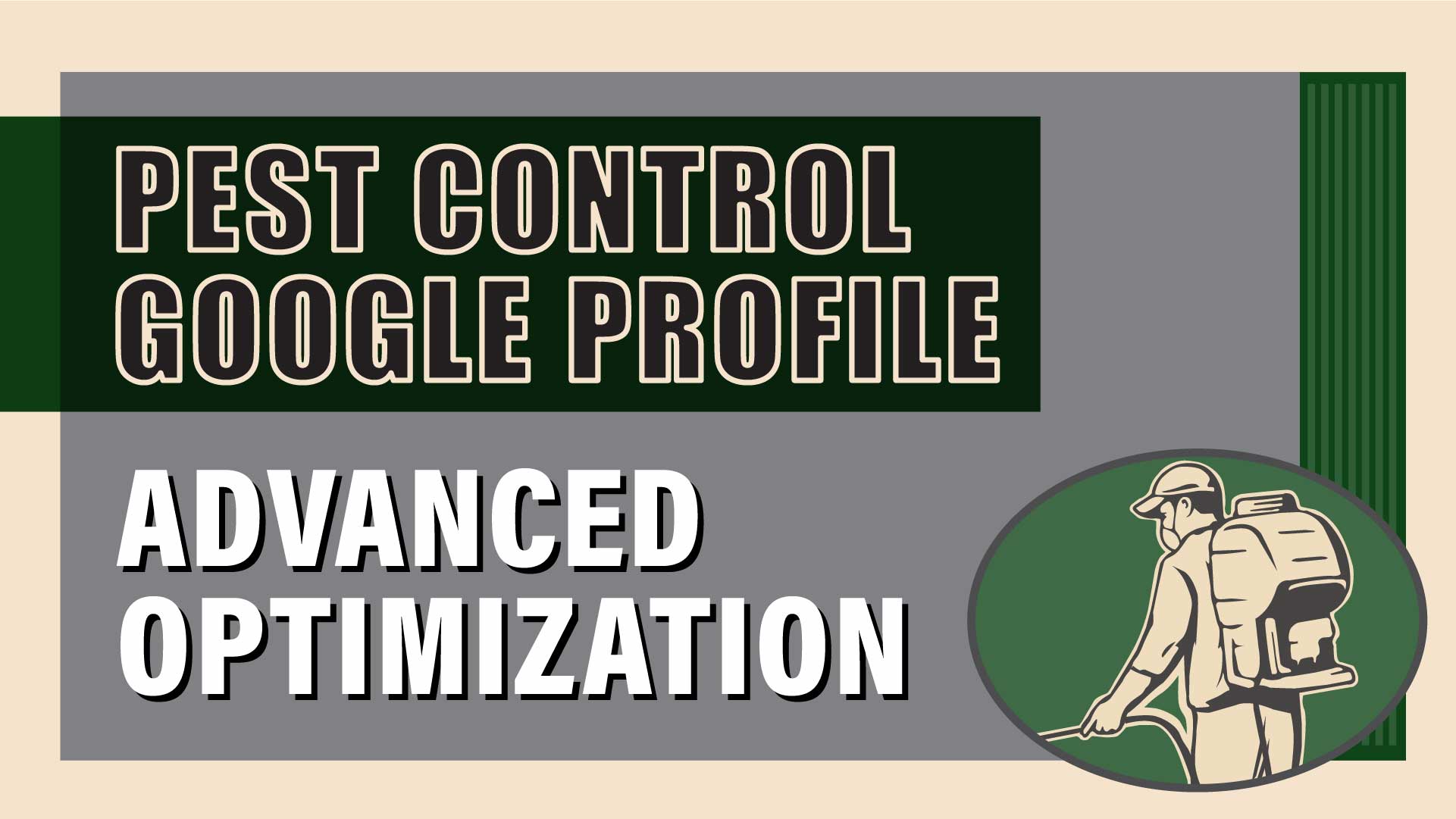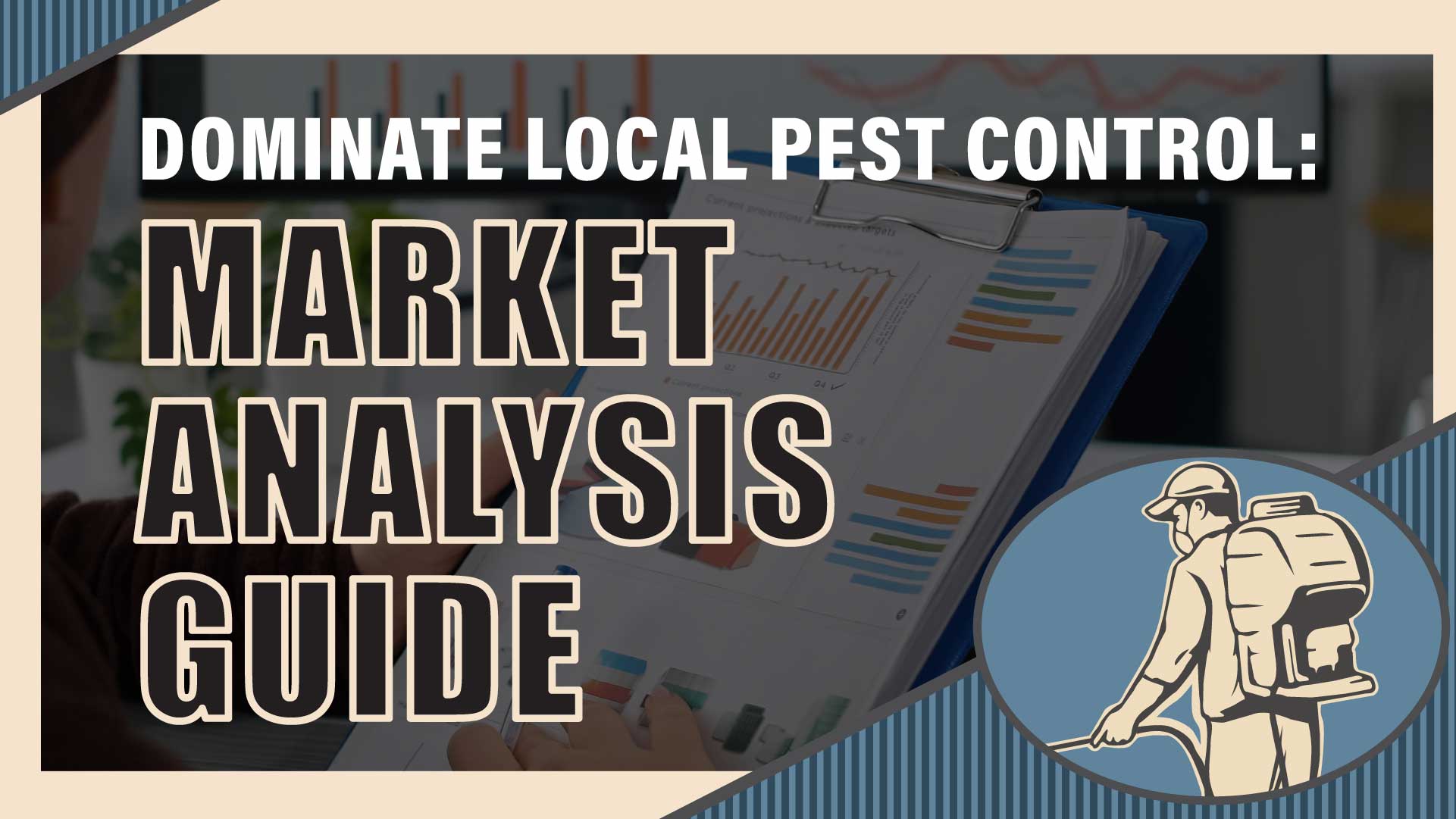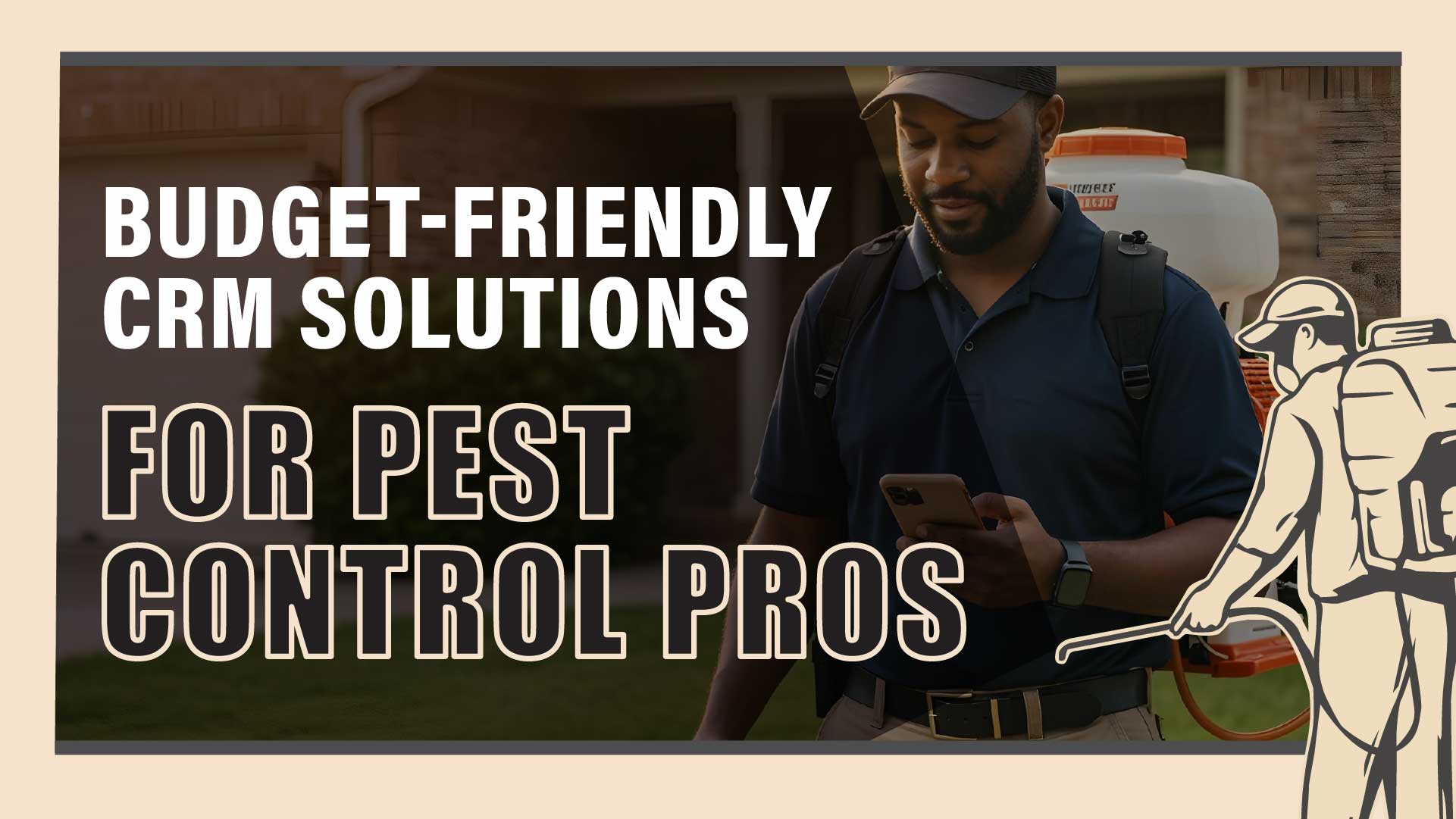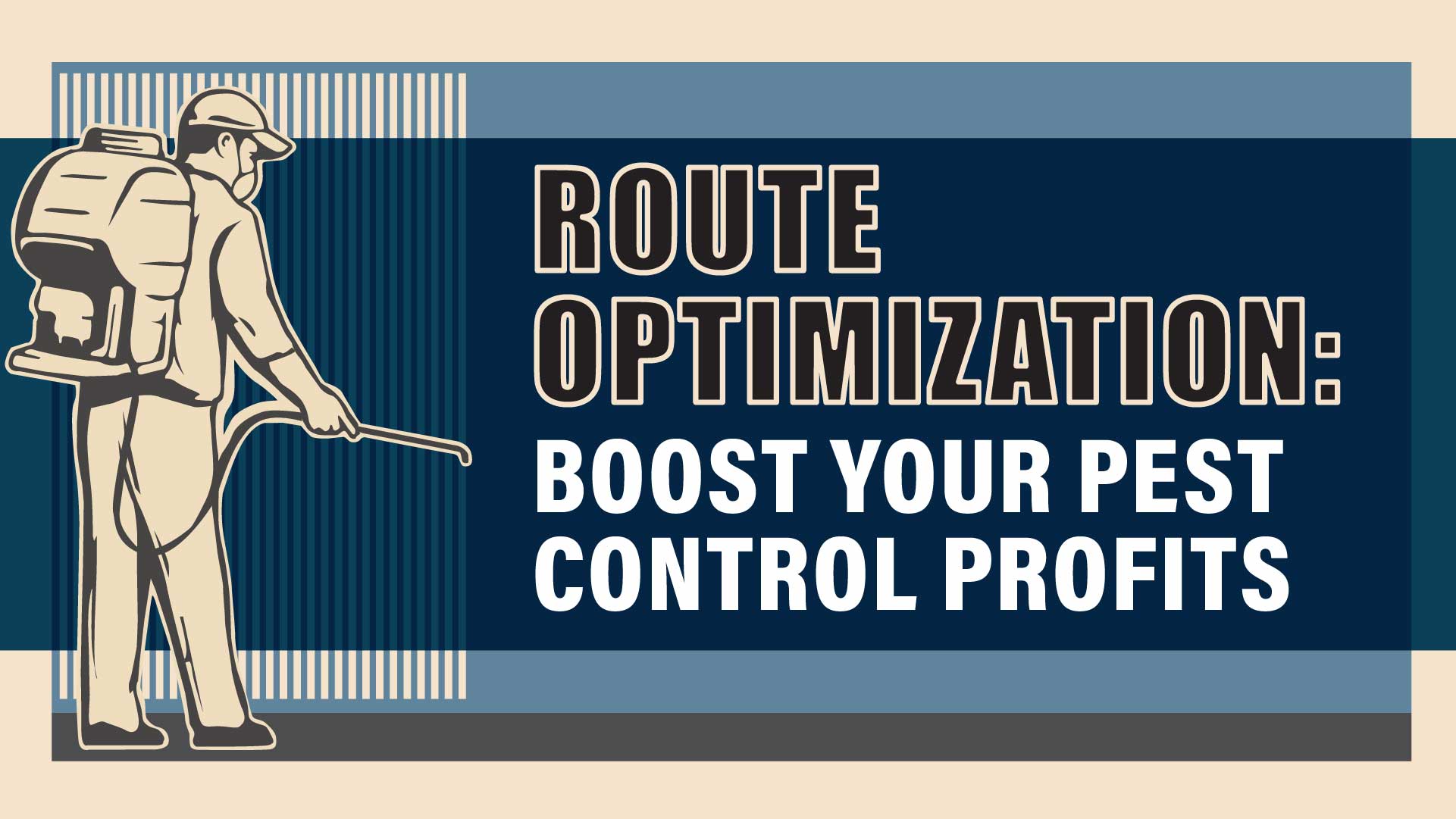You've mastered the art of pest control, turning chaos into calm for countless businesses and homeowners. But now you're facing a different kind of infestation: the entrepreneurial bug. As you consider trading your technician's toolkit for an owner's playbook, you might be falling into what Michael E. Gerber calls the "E-Myth" trap – assuming that technical skills alone are enough to run a successful business.
The hard truth is that being a great pest control technician doesn't automatically make you a great pest control business owner. It's a common misconception that leads many skilled professionals to struggle when they strike out on their own. But don't worry – I’m here to bridge that gap. Many aspiring business owners find it helpful to take a short online course in entrepreneurship to build foundational knowledge and avoid common pitfalls.
In this guide, we'll help you navigate the transition from working "in" your business to working "on" it. We'll show you how to create a pest control business plan that goes beyond extermination techniques to cover the critical aspects of entrepreneurship.
Ready to build a pest control empire that's bigger than just you? Let's dive in and create a business plan that will have both pests and competitors running for cover.
The Foundation: Why You Need a Pest Control Business Plan
You might think that your expertise in eradicating pests is all you need to succeed. After all, you've been doing this for years, right? But as Michael E. Gerber points out in "The E-Myth Revisited," technical skills alone aren't enough to run a thriving business. Here's why a solid business plan is your secret weapon:
- Shifting from Technician to Entrepreneur: A business plan forces you to think like an entrepreneur, not just a technician. It's about creating a business that works for you, not just by you.
- Systems for Success: Your plan will help you develop systems and processes that allow your business to function smoothly, even when you're not personally handling every pest.
- Scalability: With a proper plan, you're building a business that can grow beyond your personal capacity to exterminate pests.
- Avoiding the "Entrepreneurial Seizure": Gerber warns against the impulse to start a business without proper planning. Your business plan is your defense against this common pitfall.
Key Components of Your Pest Control Business Plan
Executive Summary: Your Elevator Pitch
Imagine you're stuck in an elevator with a potential investor or big client. You've got 30 seconds to explain why your pest control business is the bee's knees. That's your executive summary in a nutshell.
- Company Overview: "Pete’s Pest Control: We don't just control pests, we revolutionize peace of mind."
- Mission Statement: "To create pest-free environments while educating our community on sustainable pest management."
- Key Objectives: "Achieve 20% market share in our local area within 3 years through superior service and innovative, eco-friendly solutions."
Crafting Your Business Plan Document
Before diving into the details of your pest control business plan, it's important to consider how you'll present this information to potential investors, partners, or lenders.
- Design a professional cover page that includes the following:
- Your business name and logo
- Contact information (address, phone number, email)
- The words "Business Plan" and the date
- Create a table of contents for easy navigation
- Use clear, professional formatting throughout the document
- Include an appendix for additional information, such as detailed financial projections, licenses, and certifications
Company Description: What Makes Your Pest Control Business Unique?
This is where you differentiate yourself from the swarm of competitors. Remember, you're not just selling pest control; you're selling a promise, a feeling, a result.
Services Offered:
- Residential and commercial pest control
- Eco-friendly pest management solutions
- 24/7 emergency pest response
- Preventative pest control programs
Target Market:
- Homeowners in suburban areas
- Restaurants and food service businesses
- Schools and daycare centers
- Organic farmers and gardeners
Competitive Advantage:
- Use of cutting-edge, environmentally friendly pest control methods
- Guaranteed same-day service for emergencies
- Educational approach: We teach clients about pest prevention
Market Analysis: Know Your Battleground
Understanding your market is like knowing where the pests are hiding. It's essential for effective targeting.
Industry Trends:
- Growing demand for eco-friendly pest control solutions
- Increasing awareness of the health risks associated with chemical pesticides
- Rise of smart home pest monitoring systems
Target Audience Demographics:
- Middle to upper-class homeowners, aged 30-65
- Health-conscious individuals and families
- Business owners prioritizing cleanliness and health standards
Competitor Analysis:
- Identify major players in your area
- Analyze their strengths and weaknesses
- Find gaps in the market that you can fill
Service Offerings: Your Arsenal Against Pests
Detail your services like you're explaining your favorite pest control techniques. Be specific, be proud, be the expert.
Detailed Description of Pest Control Services:
- General pest control (ants, roaches, spiders, etc.)
- Rodent control and exclusion
- Termite inspection and treatment
- Bed bug elimination
- Wildlife removal and exclusion
Pricing Strategy:
- Tiered pricing model based on property size and infestation level
- Subscription-based preventative services
- Bundle discounts for multiple services
- Consider hiring a professional accountant to help determine optimal pricing strategies that ensure profitability while remaining competitive in the market
Service Area:
- Primary focus on [Your City] and surrounding suburbs within a 50-mile radius
- Plans for expansion to neighboring counties in year 3
Marketing and Sales Strategy: Attracting Customers Like Moths to a Flame
Your marketing strategy is your bug zapper – it should draw customers in effortlessly.
Branding:
- Develop a strong, recognizable logo and brand identity
- Create a catchy slogan: "We make pests check out permanently"
Digital Marketing Tactics:
- SEO-optimized website with educational blog content
- Google Business Profile optimization for local searches
- Social media presence focusing on Facebook and Instagram
- Email marketing campaigns for seasonal pest control tips
Customer Acquisition and Retention Strategies:
- Referral program offering discounts for successful referrals
- Partnerships with local real estate agents and property managers
- Customer loyalty program with perks for long-term clients
Customer Reviews and Testimonials:
- Compile and feature positive customer reviews in your business plan
- Highlight testimonials that showcase your expertise and reliability
- Use reviews to build trust with potential customers and investors
Operations Plan: Running a Tight Ship
This is where the E-Myth principles really come into play. You're creating a business that works without your constant presence.
Equipment and Supplies:
- List of essential pest control equipment and safety gear
- Inventory management system to track supply levels
- Relationships with eco-friendly product suppliers
Staffing and Training:
- Hiring plan for technicians and office staff
- Comprehensive training program covering both technical skills and customer service
- Creating an operations manual that allows for consistent service delivery
Quality Control and Safety Measures:
- Regular equipment maintenance schedule
- Customer feedback system for continuous improvement
- Strict adherence to all safety regulations and best practices
Financial Projections: Counting More Than Just Bugs
Your financial plan is like a well-set bait trap – it should catch any potential issues before they become problems.
Startup Costs:
- Initial equipment and vehicle purchases
- Licensing and insurance fees
- Marketing and branding expenses
Revenue Forecasts:
- Projected income based on service packages and target market penetration
- Seasonal adjustments for pest control demand
Break-even Analysis:
- Calculation of how many clients or services you need to cover costs
- Projected timeline to profitability
Implementing Your Pest Control Business Plan
Now that you've crafted your business plan, it's time to put it into action. Remember, as Michael E. Gerber emphasizes, implementation is where the rubber meets the road – or in our case, where the pest control solution meets the infestation.
Setting Milestones and KPIs
Think of your business milestones as the stages of pest elimination: identification, treatment, and prevention. Each stage needs clear markers of success.
Short-term Goals (3-6 months):
- Obtain all necessary licenses and certifications
- Launch your website and social media profiles
- Acquire your first 20 recurring clients
Medium-term Goals (6-12 months):
- Reach $X in monthly recurring revenue
- Hire and train two additional technicians
- Achieve a 95% customer satisfaction rating
Long-term Goals (1-3 years):
- Expand service area to neighboring counties
- Develop and launch an eco-friendly pest control product line
- Achieve 20% market share in your primary service area
Regular Review and Updates
Your business plan isn't a set-it-and-forget-it document. Like a thorough pest inspection, it needs regular attention.
- Schedule quarterly reviews of your business plan
- Adjust strategies based on what's working and what's not
- Involve your team in the review process for fresh perspectives
Adapting to Market Changes and Customer Feedback
The pest control industry, like the pests themselves, is constantly evolving. Stay adaptable!
- Keep an eye on emerging pest control technologies
- Regularly survey customers for feedback and new service ideas
- Stay informed about changes in pest control regulations and adapt accordingly
Common Pitfalls to Avoid in Your Pest Control Business Plan
Even the most careful planners can stumble. Here are some common traps to watch out for:
Underestimating Startup Costs
Don't let unexpected expenses bug you out.
- Factor in costs for licenses, insurance, and bonding
- Include a buffer for marketing and initial slow periods
- Consider leasing equipment initially to reduce upfront costs
Neglecting Marketing and Branding
Your expertise won't matter if customers can't find you.
- Invest in a professional, user-friendly website
- Budget for ongoing marketing efforts, not just initial launch
- Develop a strong, consistent brand identity across all platforms
Failing to Plan for Seasonality
Pest control demand can be as unpredictable as weather patterns.
- Develop strategies for off-season revenue (e.g., preventative services)
- Create a cash reserve to cover slower months
- Consider diversifying services to balance out seasonal fluctuations
The "Technician Trap"
This is a classic E-Myth pitfall – spending all your time working in the business rather than on it.
- Schedule dedicated time each week to work on business development
- Hire and train technicians as soon as financially feasible
- Develop systems and processes that allow the business to run without your constant involvement
Conclusion
Congratulations, future pest control mogul! You've just completed the blueprint for your empire. But remember, as the E-Myth teaches us, this is just the beginning. Your business plan is a living document, a roadmap that will guide you from a hands-on technician to a successful entrepreneur.
As you embark on this exciting journey, keep these key points in mind:
- Work on your business, not just in it: Schedule time to step back and strategize.
- Build systems, not just services: Create processes that can run without your constant oversight.
- Stay adaptable: The pest control industry is always evolving, and so should your business.
- Focus on customer experience: In the end, you're not just eliminating pests; you're providing peace of mind.
Remember, every successful pest control business starts with a vision and a plan. You've got the vision, and now you've got the plan. It's time to turn those pesky intruders into profitable opportunities!
Once your ready to get a website and your marketing ready, contact me and let's start building your pest control empire today!






